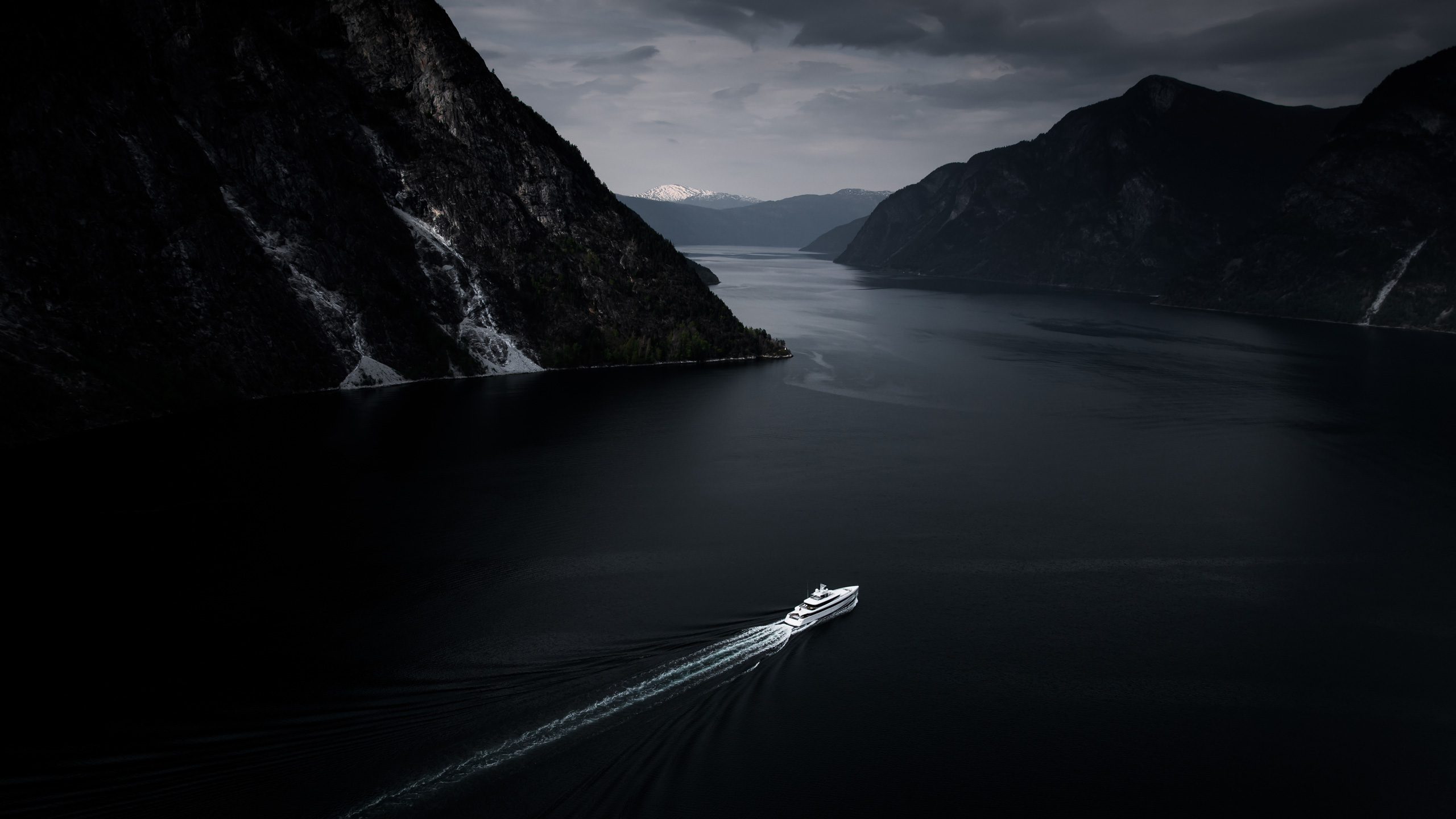

Everything you need to know about IMO Tier III
IMO Tier III requirements came into force for all superyachts on 1st January 2021. While this eco-friendly measure has largely been welcomed by the global boating community, it has also resulted in a host of new challenges for both the manufacturers and users of yacht engines.
The IMO Tier III regulations regarding nitrogen oxide (NOx) emissions have taken effect for all large vessels with an engine output of 130 kW or more which had their keel laying on or after 1st January 2016. They specify that these NOx emissions must be at most 70% lower than the maximum under the regulations, which equates to <2.0g/kWh.
In addition, the vessels described above must also comply with IMO Tier III when sailing in an Emission Control Area (ECA).
Challenges for yachts below 500 GT
Originally only applicable to vessels over 500 GT, the regulations have also applied to all yachts above 24 metres since 2021, no matter what their volume is. Smaller boats are subject to particular constraints in terms of space and size: simply tuning the engine will not be sufficient in most cases, meaning that a combination of techniques and technologies will need to be deployed instead
Yachts below 500 GT will often have insufficient space for standard solutions. Xeamos can provide serious added value by delivering custom solutions that fit each engine room and can also combine a silencer and after-treatment system into a single unit: options that engine manufacturers cannot provide.
Engines and after-treatment units are usually delivered as large, standardised boxes. These are slightly adapted versions of solutions originally designed for onshore or automotive applications. While this may work for tankers or large commercial vessels, it is a far cry from what many yacht owners need.
As it stands today, there are very few superyachts on the water which include the latest after-treatment systems. The vessels are predominantly still being built, meaning that the first problems will arise – and be managed – in the years to come. In addition, discussions about refits which involve repowering existing vessels are also still currently ongoing.
The key players:
IMO
The International Maritime Organization (IMO) is the UN agency responsible for the safety and security of shipping and the prevention of marine and atmospheric pollution by ships. As part of the UN family, IMO is actively working towards the 2030 Agenda for Sustainable Development and the associated SGDs (Sustainable Development Goals).
Marpol
The International Convention for the Prevention of Pollution from Ships (MARPOL) is the main international convention covering the prevention of marine environment pollution by ships due to operational causes or accidents.
Historical background
The MARPOL Convention was adopted on 2 November 1973 at IMO. The Protocol of 1978 was adopted in response to a spate of tanker accidents in 1976-1977.
With the 1973 MARPOL Convention not yet in force, the 1978 MARPOL Protocol absorbed the parent convention in a combined instrument that came into force on 2 October 1983. In 1997, a Protocol was adopted to amend the Convention, including the addition of a new Annex VI which came into force on 19 May 2005. MARPOL has continued to be updated through various amendments over the years.
The convention includes regulations aimed at preventing and minimising pollution from ships – both accidental pollution and that from routine operations – and currently includes six technical annexes. Special areas with strict controls on operational discharges are included in most annexes.
Annex VI: Prevention of Air Pollution from Ships (19 May 2005)
This sets limits on sulphur oxide and nitrogen oxide emissions from ship exhausts, as well as prohibiting deliberate emissions of ozone-depleting substances.
In addition, designated emission control areas set more stringent standards for SOx, NOx and particulate matter. A chapter adopted in 2011 covers mandatory technical and operational energy efficiency measures which are aimed at reducing greenhouse gas emissions from ships.
The latest developments
• In light of the increased urgency across all sectors to accelerate efforts to reduce GHG (greenhouse gas) emissions – as was emphasised both in the recent IPCC reports and in the Glasgow Climate Pact – the IMO has agreed to initiate a revision of its GHC strategy.
• After IMO’s Marine Environment Protection Committee (MEPC) met virtually for its 77th session on 22-26th November 2021. After this, it adopted a resolution on the voluntary use of cleaner fuels in the Arctic in order to reduce black carbon emissions.
• A strategy to address marine plastic litter from ships was also adopted, as were revised guidelines for exhaust gas cleaning systems (EGCS).
• The MEPC also agreed on the scope of work on discharge water from EGCS, and considered matters related to the Ballast Water Management Convention.
To discover more about the latest developments at Xeamos, and the after-treatment systems on offer, get in touch with us today.